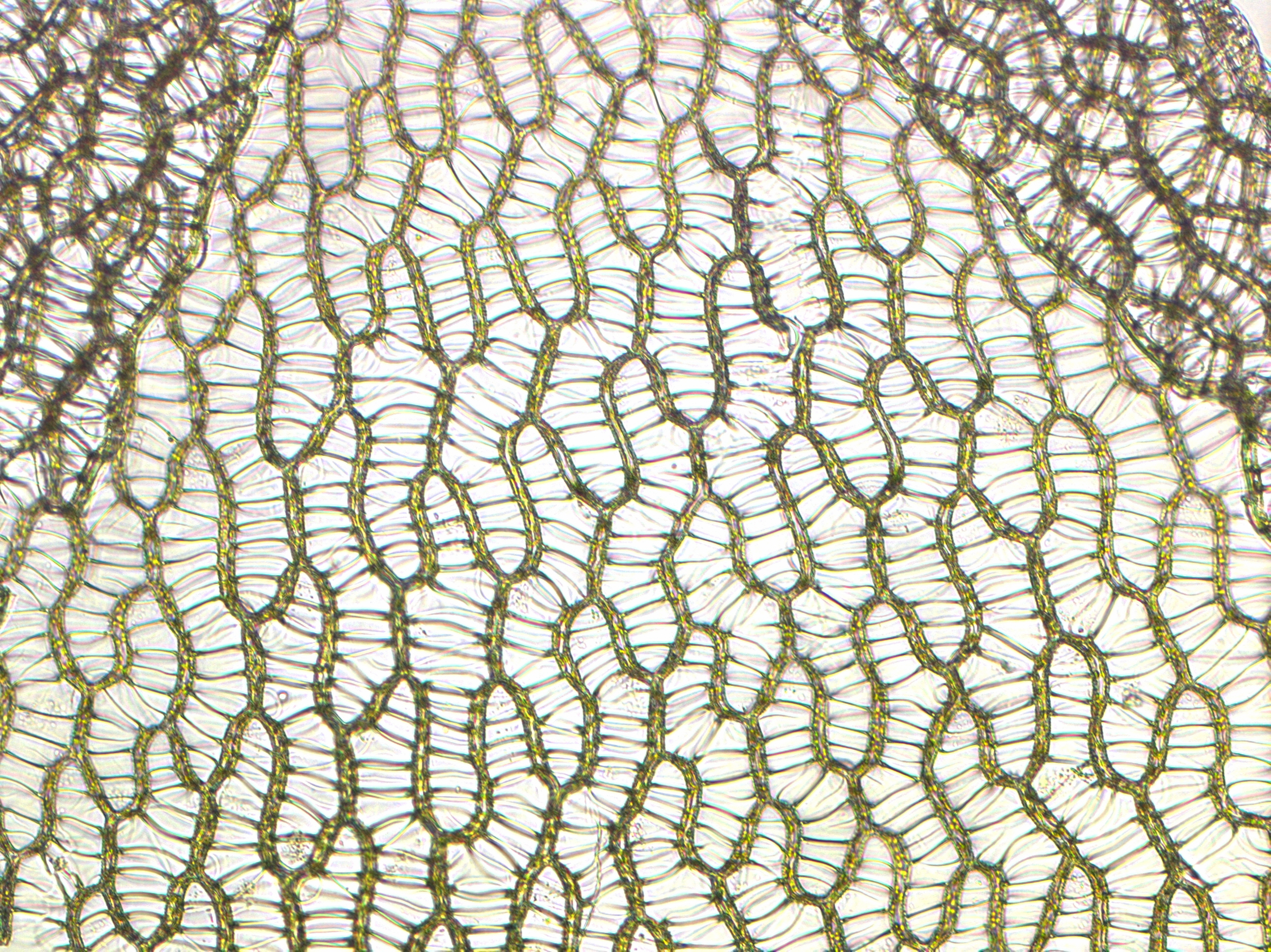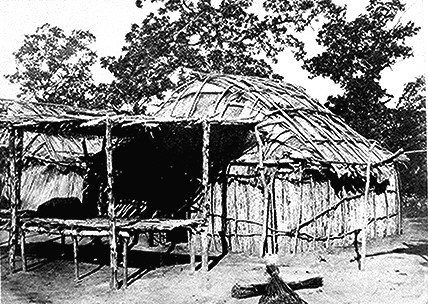|
Cradleboard
Cradleboards (, , , , , Kazakh: ''бесік'', Kyrgyz: ''бешік'') are traditional protective baby-carriers used by many indigenous cultures in North America, throughout northern Scandinavia among the Sámi, and in the traditionally nomadic cultures of Central Asia. There is a variety of styles of cradleboard, reflecting the diverse artisan practices of indigenous cultures. Many Central Asian communities and some indigenous communities in North America still use cradleboards. Structure Cradleboards are used for the first few months of an infant's life, when a portable carrier for the baby is a necessity. Some cradleboards are woven, as with the Apache. Woven cradleboards are made of willow, dogwood, tule, or cattail fibres. Wooden cradleboards are made by the Iroquois and Penobscot. Navajo cradleboards are made with a Ponderosa pine frame with buckskin laces looped through the frame. Whatever materials are used to make cradleboards, they share certain structural element ... [...More Info...] [...Related Items...] OR: [Wikipedia] [Google] [Baidu] |
Baby Transport
Various methods of transporting children have been used in different cultures and times. These methods include baby carriages (prams in British English), infant car seats, portable bassinets (carrycots), strollers (pushchairs), slings, backpacks, baskets and bicycle carriers. The large, heavy prams (short for perambulator), which had become popular during the Victorian era, were replaced by lighter designs during the latter half of the 1900s. Baskets, slings and backpacks Infant carrying likely emerged early in human evolution as the emergence of bipedalism would have necessitated some means of carrying babies who could no longer cling to their mothers and/or simply sit on top of their mother's back. On-the-body carriers are designed in various forms such as baby sling, backpack carriers, and soft front or hip carriers, with varying materials and degrees of rigidity, decoration, support and confinement of the child. Slings, soft front carriers, and "baby carriages" are typi ... [...More Info...] [...Related Items...] OR: [Wikipedia] [Google] [Baidu] |
Sphagnum Moss
''Sphagnum'' is a genus of approximately 380 accepted species of mosses, commonly known as sphagnum moss, also bog moss and quacker moss (although that term is also sometimes used for peat). Accumulations of ''Sphagnum'' can store water, since both living and dead plants can hold large quantities of water inside their cells; plants may hold 16 to 26 times as much water as their dry weight, depending on the species.Bold, H. C. 1967. Morphology of Plants. second ed. Harper and Row, New York. p. 225–229. The empty cells help retain water in drier conditions. As ''Sphagnum'' moss grows, it can slowly spread into drier conditions, forming larger mires, both raised bogs and blanket bogs. Thus, ''Sphagnum'' can influence the composition of such habitats, with some describing ''Sphagnum'' as 'habitat manipulators' or 'autogenic ecosystem engineers'. These peat accumulations then provide habitat for a wide array of peatland plants, including sedges and ericaceous shrubs, as well as ... [...More Info...] [...Related Items...] OR: [Wikipedia] [Google] [Baidu] |
Mexico
Mexico, officially the United Mexican States, is a country in North America. It is the northernmost country in Latin America, and borders the United States to the north, and Guatemala and Belize to the southeast; while having maritime boundary, maritime boundaries with the Pacific Ocean to the west, the Caribbean Sea to the southeast, and the Gulf of Mexico to the east. Mexico covers 1,972,550 km2 (761,610 sq mi), and is the List of countries by area, thirteenth-largest country in the world by land area. With a population exceeding 130 million, Mexico is the List of countries by population, tenth-most populous country in the world and is home to the Hispanophone#Countries, largest number of native Spanish speakers. Mexico City is the capital and List of cities in Mexico, largest city, which ranks among the List of cities by population, most populous metropolitan areas in the world. Human presence in Mexico dates back to at least 8,000 BC. Mesoamerica, considered a cradle ... [...More Info...] [...Related Items...] OR: [Wikipedia] [Google] [Baidu] |
Kickapoo People
The Kickapoo people (; Kickapoo language, Kickapoo: Kiikaapoa or Kiikaapoi; ) are an Algonquian languages, Algonquian-speaking Native Americans in the United States, Native American tribe and Indigenous people in Mexico, originating in the region south of the Great Lakes. There are three Federally recognized tribe, federally recognized Kickapoo tribes in the United States: the Kickapoo Tribe in Kansas, the Kickapoo Tribe of Oklahoma, and the Kickapoo Traditional Tribe of Texas. The Oklahoma and Texas bands are politically associated with each other. The Kickapoo in Kansas came from a relocation from southern Missouri in 1832 as a land exchange from their reserve there. Around 3,000 people are enrolled tribal members. Another band, the Mexican Kickapoo, Tribu Kikapú, resides in Múzquiz Municipality in the northern Mexico, Mexican state of Coahuila, ending up there after disputes between leaders of rival bands in the tribe caused a schism between followers of the "Kickapoo Prophe ... [...More Info...] [...Related Items...] OR: [Wikipedia] [Google] [Baidu] |
The Childrens Museum Of Indianapolis - Kiowa Cradle Board - Overall
''The'' is a grammatical article in English, denoting nouns that are already or about to be mentioned, under discussion, implied or otherwise presumed familiar to listeners, readers, or speakers. It is the definite article in English. ''The'' is the most frequently used word in the English language; studies and analyses of texts have found it to account for seven percent of all printed English-language words. It is derived from gendered articles in Old English which combined in Middle English and now has a single form used with nouns of any gender. The word can be used with both singular and plural nouns, and with a noun that starts with any letter. This is different from many other languages, which have different forms of the definite article for different genders or numbers. Pronunciation In most dialects, "the" is pronounced as (with the voiced dental fricative followed by a schwa) when followed by a consonant sound, and as (homophone of the archaic pronoun '' the ... [...More Info...] [...Related Items...] OR: [Wikipedia] [Google] [Baidu] |
James Quesace And Family Oct 16 1887 Crop
James may refer to: People * James (given name) * James (surname) * James (musician), aka Faruq Mahfuz Anam James, (born 1964), Bollywood musician * James, brother of Jesus * King James (other), various kings named James * Prince James (other) * Saint James (other) Places Canada * James Bay, a large body of water * James, Ontario United Kingdom * James College, a college of the University of York United States * James, Georgia, an unincorporated community * James, Iowa, an unincorporated community * James City, North Carolina * James City County, Virginia ** James City (Virginia Company) ** James City Shire * James City, Pennsylvania * St. James City, Florida Film and television * ''James'' (2005 film), a Bollywood film * ''James'' (2008 film), an Irish short film * ''James'' (2022 film), an Indian Kannada-language film * "James", a television episode of ''Adventure Time'' Music * James (band), a band from Manchester ** ''James'', ... [...More Info...] [...Related Items...] OR: [Wikipedia] [Google] [Baidu] |
Iroquois Cradle Board
The Iroquois ( ), also known as the Five Nations, and later as the Six Nations from 1722 onwards; alternatively referred to by the Endonym and exonym, endonym Haudenosaunee ( ; ) are an Iroquoian languages, Iroquoian-speaking Confederation#Indigenous confederations in North America, confederacy of Native Americans in the United States, Native Americans and First Nations in Canada, First Nations peoples in northeast North America. They were known by the French during the Colonial history of the United States, colonial years as the Iroquois League, and later as the Iroquois Confederacy, while the English simply called them the "Five Nations". Their country has been called wikt:Iroquoia, Iroquoia and Haudenosauneega in English, and '':fr:Iroquoisie, Iroquoisie'' in French. The peoples of the Iroquois included (from east to west) the Mohawk people, Mohawk, Oneida people, Oneida, Onondaga people, Onondaga, Cayuga people, Cayuga, and Seneca people, Seneca. After 1722, the Iroquoian-sp ... [...More Info...] [...Related Items...] OR: [Wikipedia] [Google] [Baidu] |
Minnesota Historical Society Press
The Minnesota Historical Society (MNHS) is a Nonprofit organization, nonprofit Educational institution, educational and cultural institution dedicated to preserving the history of the U.S. state of Minnesota. It was founded by the Minnesota Territory, territorial Minnesota Legislature, legislature in 1849, almost a decade before History of Minnesota#Statehood, statehood. The Society is named in the Minnesota Constitution. It is headquartered in the Minnesota History Center in downtown Saint Paul. Although its focus is on History of Minnesota, Minnesota history, it is not constrained by it. Its work on the North American fur trade has been recognized in Canada as well. MNHS holds a collection of nearly 550,000 books, 37,000 maps, 250,000 photographs, 225,000 historical artifacts, 950,000 archaeological items, of manuscripts, of government records, 5,500 paintings, prints and drawings; and 1,300 moving image items. Since 2011, ''MNopedia: The Minnesota Encyclopedia'', has been ... [...More Info...] [...Related Items...] OR: [Wikipedia] [Google] [Baidu] |
Birch Bark
Birch bark or birchbark is the bark of several Eurasian and North American birch trees of the genus ''Betula''. For all practical purposes, birch bark's main layers are the outer dense layer, white on the outside, and the inner porous layer (cambium). For vast majority of crafts, the outer bark is used. In many languages it has a separate name. For example, in Russian "birch bark" is "beryozovaya kora", while the outer birch bark is "beryosta". The strong and water-resistant cardboard-like outer bark can be easily cut, bent, and sewn, which has made it a valuable building, crafting, and writing material, since pre-historic times. Today, birch bark remains a popular type of wood for various handicrafts and arts. Birch bark also contains substances of medicinal and chemical interest. Some of those products (such as betulin) also have fungicidal properties that help preserve bark artifacts, as well as food preserved in bark containers. Collection and storage Removing birch ... [...More Info...] [...Related Items...] OR: [Wikipedia] [Google] [Baidu] |
Cranberry
Cranberries are a group of evergreen dwarf shrubs or trailing vines in the subgenus ''Oxycoccus'' of the genus ''Vaccinium''. Cranberries are low, creeping shrubs or vines up to long and in height; they have slender stems that are not thickly woody and have small evergreen leaves. The flowers are dark pink. The fruit is a berry (botany), berry that is larger than the leaves of the plant; it is initially light green, turning red when ripe. It is edible, but has an acidic taste. In Britain, ''cranberry'' may refer to the native species ''Vaccinium oxycoccos'', while in North America, ''cranberry'' may refer to ''Vaccinium macrocarpon''. ''Vaccinium oxycoccos'' is cultivated in central and northern Europe, while ''V. macrocarpon'' is cultivated throughout the northern United States, Canada and Chile. In some methods of classification, ''Oxycoccus'' is regarded as a genus in its own right. Cranberries can be found in acidic bogs throughout the cooler regions of the North ... [...More Info...] [...Related Items...] OR: [Wikipedia] [Google] [Baidu] |
Ojibwe People
The Ojibwe (; syll.: ᐅᒋᐺ; plural: ''Ojibweg'' ᐅᒋᐺᒃ) are an Anishinaabe people whose homeland (''Ojibwewaki'' ᐅᒋᐺᐘᑭ) covers much of the Great Lakes region and the northern plains, extending into the subarctic and throughout the northeastern woodlands. The Ojibwe, being Indigenous peoples of the Northeastern Woodlands and of the subarctic, are known by several names, including Ojibway or Chippewa. As a large ethnic group, several distinct nations also consider themselves Ojibwe, including the Saulteaux, Nipissings, and Oji-Cree. According to the U.S. census, Ojibwe people are one of the largest tribal populations among Native American peoples in the U.S. In Canada, they are the second-largest First Nations population, surpassed only by the Cree. They are one of the most numerous Indigenous peoples north of the Rio Grande. The Ojibwe population is approximately 320,000, with 170,742 living in the U.S. and approximately 160,000 in Canada. In the U. ... [...More Info...] [...Related Items...] OR: [Wikipedia] [Google] [Baidu] |








